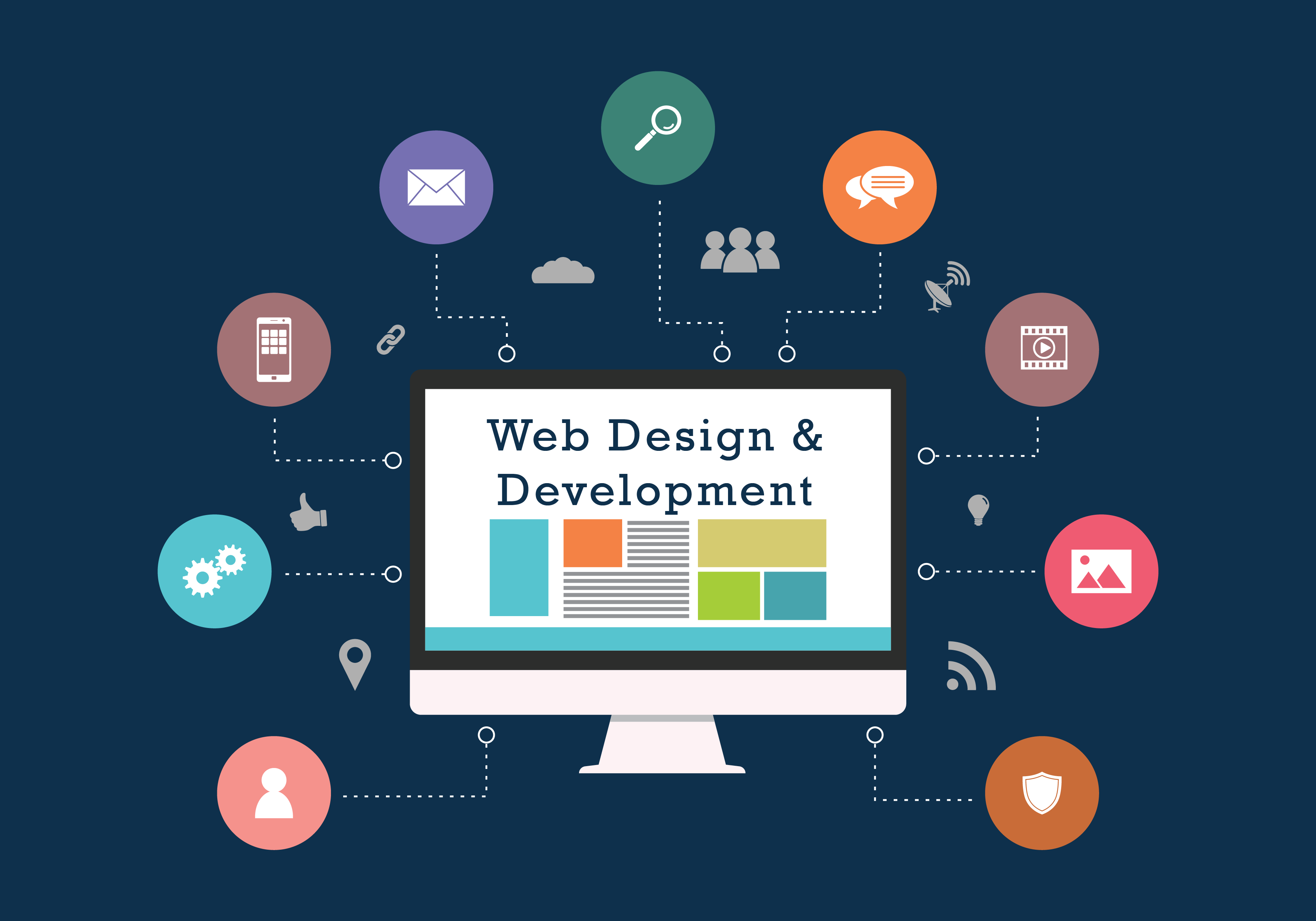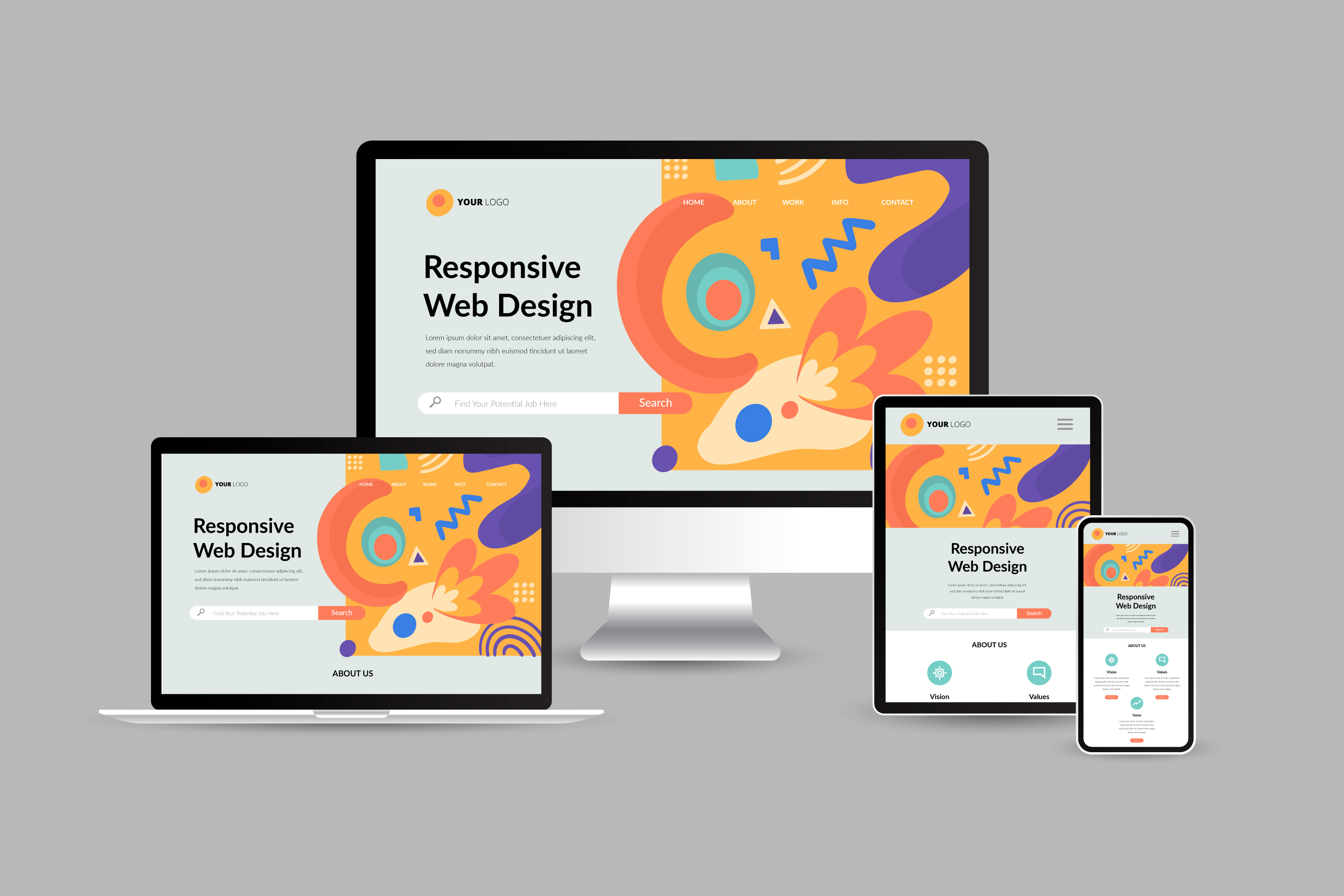Maximize Customer Experience With Ingenious Site Style Solutions
In today's electronic landscape, taking full advantage of customer experience through cutting-edge website style solutions is crucial for services looking for to involve their target market properly. By welcoming user-centric design concepts, companies can develop user interfaces that not only meet individual demands yet likewise enhance general complete satisfaction. Key factors such as receptive designs, intuitive navigation, and efficient aesthetic hierarchy play a critical duty in this procedure. Nevertheless, the integration of interactive aspects can even more raise the individual journey, triggering a reevaluation of traditional design strategies. What techniques might emerge when we consider the progressing assumptions of users?
Understanding User-Centric Style

To apply user-centric style effectively, it is important to perform detailed study, including user meetings, surveys, and usability testing. These research study techniques offer valuable information that informs layout choices, making certain that the end product lines up with user assumptions. Additionally, creating individual personas can help developers understand and visualize with the end-users, directing the layout procedure toward extra appropriate remedies.
In addition, repetitive layout is a vital component of user-centric methodologies. By continually screening and refining layouts based on customer feedback, developers can identify pain points and locations of enhancement, leading to an extra sleek end product. Eventually, user-centric style is not merely a stage in the growth process but a continuous commitment to focusing on customer demands, causing more reliable and engaging digital experiences.
Importance of Responsive Layouts
As digital communications increasingly happen throughout a variety of tools, the value of responsive designs can not be overemphasized. A responsive design makes certain that a website adjusts seamlessly to various display dimensions, from desktop screens to mobile phones. This versatility is crucial in today's multi-device landscape, where users expect a constant and appealing experience no matter exactly how they access web content.
The main benefit of responsive style is boosted customer satisfaction. When a website is optimized for all gadgets, it decreases the demand for zooming, scrolling, or straight navigating, which can lead and discourage customers to greater bounce prices. Furthermore, search engines like Google focus on mobile-friendly sites in their ranking formulas, making receptive formats crucial for effective SEO approaches.
Moreover, responsive designs assist in easier upkeep and updates. As opposed to managing different versions of a web site for various devices, a solitary, fluid layout can be customized, saving time and sources. This alternative method not just improves efficiency but also cultivates brand name coherence throughout platforms. Inevitably, purchasing responsive layouts is not simply a pattern; it is an essential concept of modern internet layout that considerably boosts individual experience and involvement.
Enhancing Navigating and Availability
Effective navigation and access are critical parts of a properly designed web site, significantly influencing customer engagement and satisfaction. An easy to use navigation framework permits visitors to locate information rapidly and without effort, reducing irritation and boosting the chance of repeat gos to. Applying clear, detailed tags for navigating links, together with a logical power structure, can guide individuals seamlessly via the internet site.
Ease of access is similarly essential, making sure that all individuals, regardless of their specials needs or capabilities, can communicate with the site successfully. This can be attained with making use of ideal color contrasts, text dimensions, and alt message for photos, which together boost the experience for aesthetically impaired individuals. Incorporating keyboard navigation and display viewers compatibility expands gain access to for customers with diverse requirements.
Normal functionality screening can give important understandings right into navigation effectiveness and accessibility issues. By gathering feedback from actual individuals, developers can identify pain points and make informed changes. Eventually, focusing on navigation and access not only fosters inclusivity however additionally grows a positive customer experience, strengthening the brand's commitment to top quality and individual treatment in a progressively digital landscape.
Using Visual Hierarchy Properly
Visual hierarchy serves as a leading framework in site style, routing users' attention to the most crucial elements on a page. By purposefully organizing aesthetic parts such as shade, spacing, and typography, developers can create a clear pathway for users to follow. This framework not only boosts individual experience yet likewise enhances content understanding.
One efficient way to develop visual hierarchy is through the use of size and scale. Bigger components naturally draw in even more attention, making headlines and crucial visuals noticeable. Complementing this approach with contrasting shades can better distinguish primary material from additional details, ensuring that vital info sticks out.
Moreover, the plan of aspects plays an important duty in directing user interaction. Using a grid format can produce a cohesive circulation, while whitespace aids to separate content and reduce cognitive load - Website Design. This intentional spacing allows customers to refine information more easily, leading to boosted interaction
Lastly, using constant style patterns aids strengthen visual pecking order, providing users with familiar signs as they browse the website. By prioritizing these concepts, designers can efficiently take full advantage of individual experience, guaranteeing that visitors can effortlessly situate the details they look for.
Incorporating Interactive Elements
The consolidation of interactive aspects into web site design can considerably enhance customer involvement and overall experience. Interactive features such as quizzes, sliders, and polls not just mesmerize customers however additionally promote active involvement, making the surfing experience extra unforgettable. By encouraging individuals to interact, internet sites can efficiently preserve interest and decrease bounce rates.
Furthermore, incorporating vibrant material like animations and float effects includes an enticing layer of interactivity. These elements can assist users without why not look here effort with the site, highlighting vital details and contacts us to action. For example, computer animated buttons can attract focus and improve click-through rates.
In addition, personalization with interactive tools such as chatbots or recommendation engines enables internet sites to deal with private choices, promoting a feeling of link. This tailored technique not just enhances customer contentment yet likewise encourages repeat gos to.
Incorporating analytics tools to track interactions offers important insights into individual habits, allowing constant enhancement of the interactive components. Ultimately, a properly designed interactive experience changes an easy browsing session into an appealing journey, leading to enhanced user fulfillment and commitment. Therefore, incorporating interactive aspects is necessary for making the most of individual experience in contemporary website style.
Final Thought

In today's electronic landscape, taking full advantage of user experience through cutting-edge website style solutions is crucial for organizations seeking to engage their audience efficiently. Inevitably, prioritizing navigation and ease of access not only promotes inclusivity yet also grows a positive customer experience, reinforcing the brand's dedication to high quality and individual care in an More about the author increasingly digital landscape.

In conclusion, maximizing user experience via innovative internet site layout remedies necessitates a dedication to user-centric concepts. Website Design.